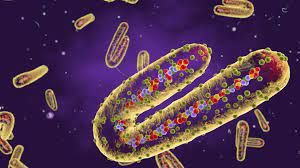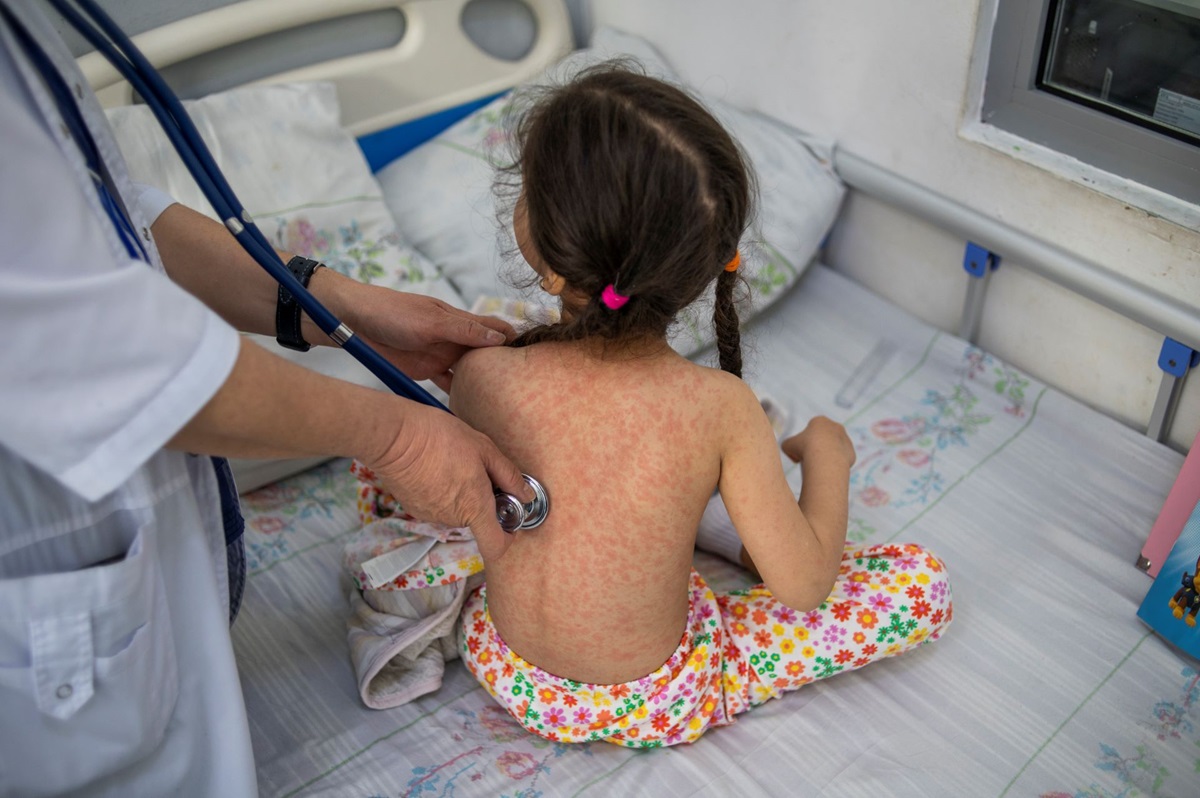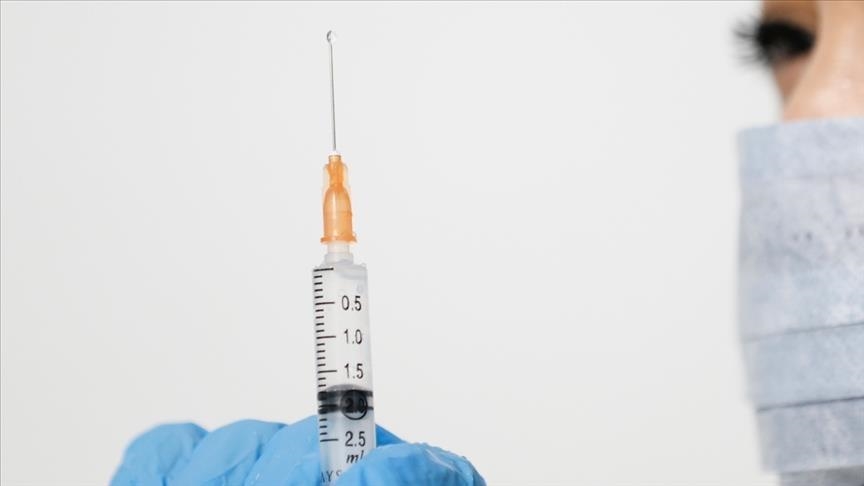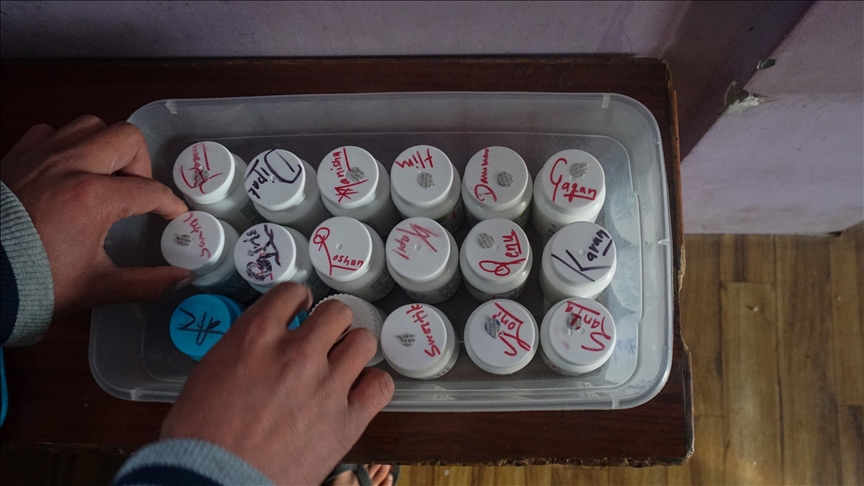The highly contagious disease resembles Ebola, with symptoms such as fever, muscle aches, diarrhea, vomiting and, in some cases, death from excessive blood loss, Ednews reports.
According to the World Health Organization (WHO), on average, Marburg virus kills half of the people it infects, while previous outbreaks have killed 24% to 88% of patients.
The virus was first identified in 1967 after simultaneous outbreaks in Marburg and Frankfurt, Germany, and Belgrade, Serbia, infected 31 people and killed seven.
The outbreak of the disease was recorded in African green monkeys imported from Uganda. However, the virus has since been associated with other animals. It is spread among humans, mostly by people who have spent long periods in caves and mines where bats live.
In recent years, the spread of the Marburg virus has also been observed in: Equatorial Guinea, Ghana, Democratic Republic of Congo, Kenya, South Africa, Uganda, Zimbabwe.
An outbreak in Angola in 2005 killed more than 300 people. However, in the rest of the world, only two people have died from Marburg virus in the last 40 years - one in Europe and one in the United States. Both have been on expeditions to caves in Uganda.
5 people died in the Kagera region in northwestern Tanzania. This follows an outbreak in Equatorial Guinea in February that infected 9 people and killed 7. WHO is investigating another 20 possible cases there.
The virus begins acutely: fever, severe headache, muscle pain. This is often observed after three days: watery diarrhea, stomach pain, nausea, vomiting.
According to the World Health Organization, "the appearance of patients at this stage is described as 'ghostly' drawn features, deep-set eyes, expressionless faces and extreme lethargy." Many people continue to bleed from various parts of the body, and some die from excessive blood loss and shock eight to nine days after they first become ill.
It is spread between humans through contact with bodily fluids and contaminated bedding. Even after people recover, their blood or semen can remain infectious for months.
There is no specific treatment or vaccine for the virus. But the WHO says that a number of blood products, drugs and immunotherapy are being developed. Doctors can relieve symptoms by giving hospital patients plenty of fluids and using transfusions to replace lost blood.
According to international health organization Gavi, people in Africa should avoid eating or using bushmeat to protect themselves from the virus. WHO states that people should also avoid contact with pigs in areas with outbreaks. Men infected with the virus should use condoms for one year after the onset of symptoms or until they have a negative sperm test twice.
Those who bury people who died from the virus should also avoid touching the body.
Mirzayeva Jala










